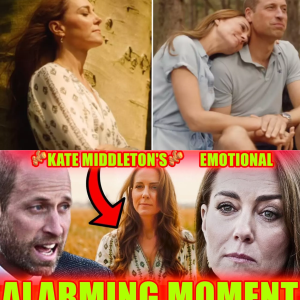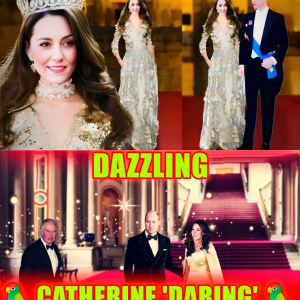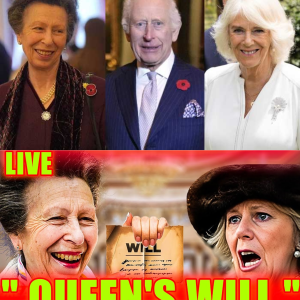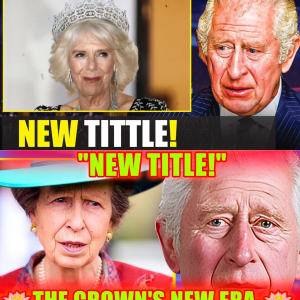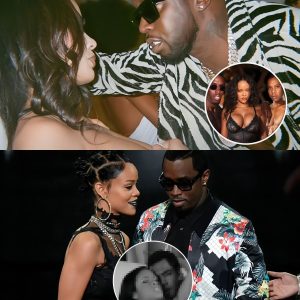In an unexpected twist for the British monarchy, King Charles III has announced that Kate Middleton will become Queen, effectively replacing Camilla as Queen Consort.
The dramatic shift has sparked widespread discussions on the future direction of the royal family, with reactions as mixed as they are intense.
In a rare move, King Charles unveiled this decision to the public, signaling a monumental shift within the royal structure.
While the reasoning behind this reshuffle remains officially unclarified, the symbolism is unmistakable: Kate Middleton, the Duchess of Cambridge, now holds the throne’s highest female title, signaling a new era for the British monarchy.
:max_bytes(150000):strip_icc()/QueenCamillaKateMiddletonTrinityBuoyWharf_recirc-18464803fa2f4456a850479fb450668a.jpg)
Camilla, formerly Queen Consort, loses her title in this transition, drawing mixed responses from the public.
Known for her steadfast partnership with Charles, Camilla’s role in the royal family has long been a subject of debate.
Some are concerned about the implications for her position, while others see Kate’s rise as a refreshing modernization of royal roles.
The royal family’s latest decision appears aimed at refreshing and modernizing the monarchy’s image.
With the Windsors grappling with changing public sentiments and calls for greater relevance, Kate Middleton’s growing influence and relatability present an opportunity for the monarchy to connect with a broader, younger audience.
Kate’s charitable initiatives, focusing on mental health, early childhood development, and social welfare, have endeared her to many as “the people’s princess,” reminiscent of Princess Diana.
This appointment could mark a significant shift in the monarchy’s priorities toward a more community-oriented, socially aware image.
The Role of Public Opinion
As news of the title change spreads, public opinion remains sharply divided. Kate’s supporters see her ascension as a positive, much-needed transformation for the monarchy. Her humility and commitment to philanthropy resonate with modern values, presenting a more approachable side of royalty that aligns with contemporary expectations. Conversely, there are those who express concern over Camilla’s sidelining, viewing it as a decision that disregards her long-standing loyalty to Charles and her efforts to support his reign.
The debate reveals deeper questions about the monarchy’s relevance in today’s Britain, touching on issues of legacy, tradition, and public trust. For some, the changes underscore a monarchy evolving to stay relevant; for others, they evoke feelings of loss and tradition disrupted.
Camilla’s Controversial Past
Camilla’s background, often marred by controversy due to her history with Charles, may have factored into the decision. Despite her years of dedicated service, public perceptions of her remain complex, with her relationship history continuing to cast a shadow over her image. By positioning Kate as Queen, Charles may be taking a proactive step to protect the monarchy’s image, refocusing it on a figure whose reputation aligns seamlessly with public values.

